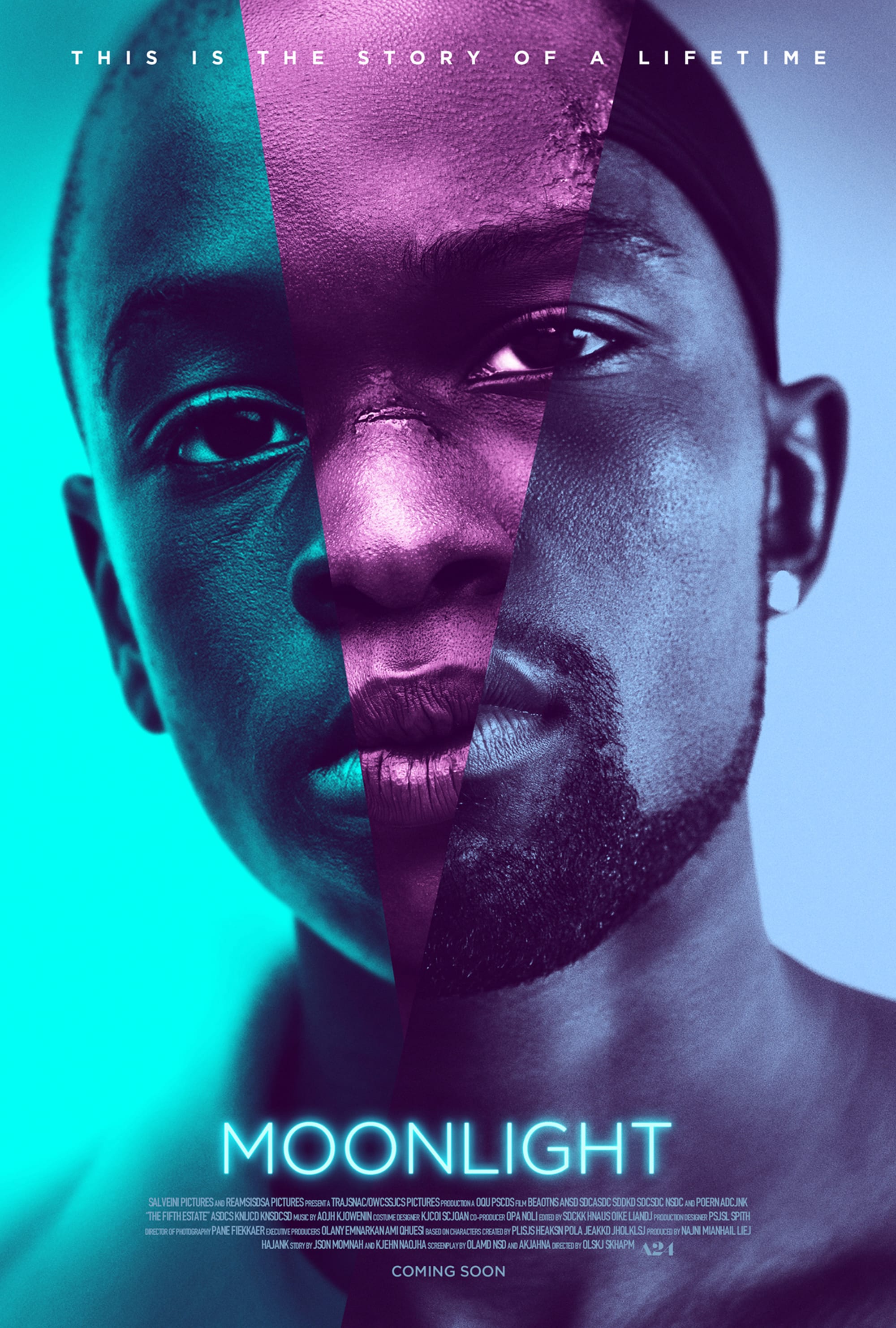Dance and Men: The Other side of the Moon

Dance and Men: The Other side of the Moon
01/03/2017
The Oscars have been the talk of the day for the past few days and I think enough has been said about it. However the Oscars blunder inspired some healthy humor worth commenting upon.
Last Monday, workers at Dalton’s Rio Cinema in East London cinema decided to upstage a funny prank to unsuspecting viewers by playing 20 seconds La La Land teaser trailer and stopping it halfway as if a technical mistake at the starring of Moonlight movie, much to the delight of Moonlight Fans. Naturally the theater erupted into cheerful applause. Simply a genius manner of turning around the tide.
Moreover because the fate and fame of these two incredible movies has been interwoven together by a funny twist of fate, I’d like to share some reflections about why I believe those who appreciate dance and cheered for La La Land and fans alike should consider watching Moonlight.
In much of Moonlight, masculinity is a rigid, un-sliding scale – hard, aggressive and emotionally ambiguous is the only acceptable form of behaviour amongst the black males of Chiron’s teenage peer group.
Moonlight takes time to study the shape and movements of the body and explore how we’ve been conditioned to associate different movements with gender and sexuality. Chiron is shown as a child enjoying a dance class at school, looking at himself in the mirror and admiring his own movements.
“Dance is stuff for queers!”, a sentence we’ve all heard at least once. The process of practical and symbolic feminization that Western theatrical dance1has undergone since the XIXth century (Burt, 1995 ; Thomas, 1996) has led to the so-called problem of the male dancer (Adams, 2005)
While many cultures see dance as an acceptable activity for men, in the West, musical theatre and expressive dance is still associated with women. Dancing, when carried out by boys and young men, often rouses cultural anxiety.
Dancing is a skill that most men aren’t interested in learning, much to their detriment, because there are many benefits for men who take regular dance classes.
Males that regularly take dance classes show that they think about their health as they are taking part in a challenging fitness exercise. Classes are known to assist in fine tuning motor fitness, improving muscle tone, increasing agility and even improving cardiovascular health.2
Tinder and new social networking apps, are fast and easy ways to meet people, but they are lacking the charm and sophistication that social activities such as dancing have. Some great etiquette is taught in dance classes (i.e. the proper way to approach a woman and ask her to dance), so it’s more than likely that a man who dances regularly will know how to act like a gentleman, which is a pretty attractive quality and makes a man stand out from the crowd.
Men gain so much from regularly dancing. A man that dances will show that he is not just physically athletic, but also he has the passion and determination to pick up a new life skill and one that pushes his comfort zone. It is an activity that is conducive to forming positive and long last relationships and a great way to spend time ‘exercising’.
References:
1 Chiara Bassetti, « Male Dancing Body, Stigma and Normalising Processes. Playing with (Bodily) Signifieds/ers of Masculinity », Recherches sociologiques et anthropologiques [En ligne], 44-2 | 2013, mis en ligne le 20 janvier 2014, consulté le 28 février 2017. URL : http://rsa.revues.org/1048
2. Victoria State Government, “Dance Health Benefits” https://www.betterhealth.vic.gov.au/health/healthyliving/dance-health-benefits
